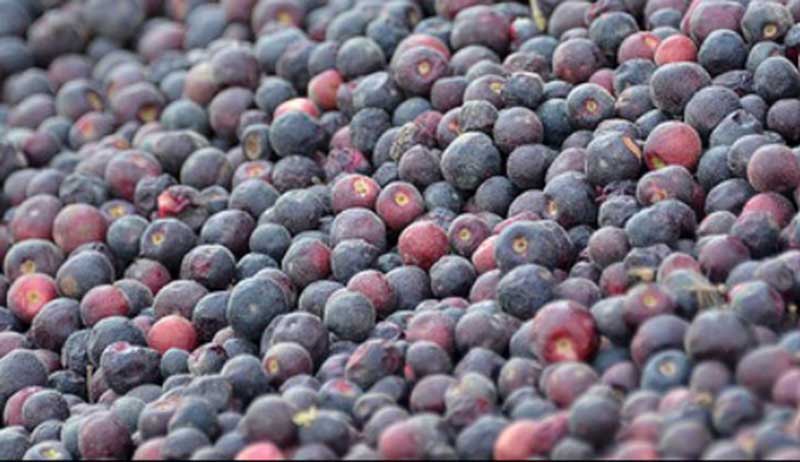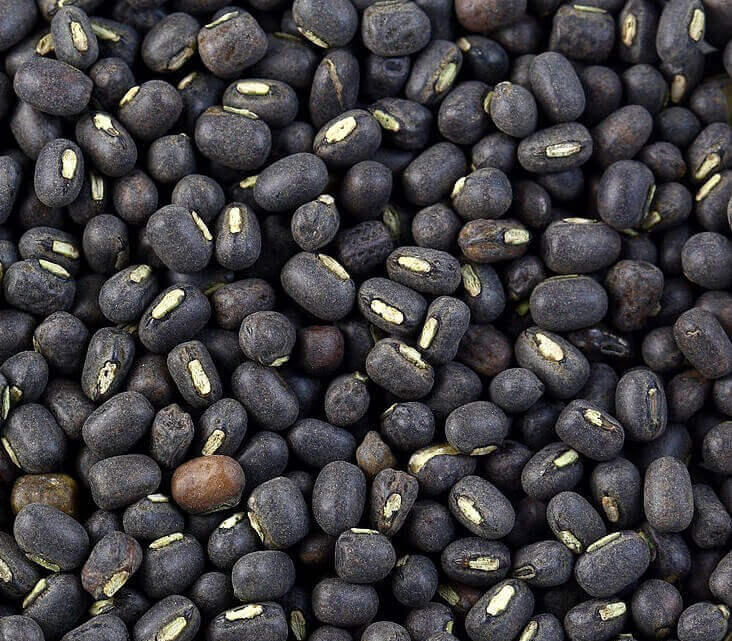Grewia Asiatica Phalsa फालसा एक छोटा पेड़ या झाड़ी होती है जो मुख्य रूप से दक्षिण एशिया, विशेषकर भारत और पाकिस्तान में पाई जाती है। इसे फालसा या फालसा बेर के नाम से भी जाना जाता है। यहाँ फालसा के बारे में कुछ महत्वपूर्ण जानकारियाँ दी गई हैं:
विवरण
- दिखावट: यह एक छोटी पर्णपाती पेड़ या झाड़ी होती है जो आमतौर पर 1.5 से 3 मीटर की ऊंचाई तक बढ़ती है।
- पत्ते: इसके पत्ते चौड़े, खुरदरे और दांतेदार होते हैं।
- फूल: पौधा छोटे, पीले फूल पैदा करता है।
- फल: फालसा का फल छोटा, गोल और पका होने पर गहरे बैंगनी से काले रंग का होता है। इसका स्वाद मीठा और हल्का खट्टा होता है।
उपयोग
- खाद्य: फल को अक्सर ताजा खाया जाता है या पेय पदार्थ, जाम और मिठाइयों में इस्तेमाल किया जाता है। इसका स्वाद ताजगी देने वाला होता है, खासकर गर्म मौसम में।
- औषधीय: फालसा का पारंपरिक औषधीय उपयोग भी किया जाता है। इसे ठंडक देने वाला माना जाता है और बुखार और अन्य बीमारियों के इलाज में इस्तेमाल किया जाता है। फल विटामिन और एंटीऑक्सिडेंट से भरपूर होता है।
- अन्य उपयोग: कभी-कभी इसे बाड़ या सजावटी पौधे के रूप में भी उगाया जाता है।
खेती
- जलवायु: फालसा गर्म जलवायु को पसंद करता है और आमतौर पर ऐसे क्षेत्रों में उगाया जाता है जहाँ गर्मियाँ गर्म होती हैं।
- मिट्टी: यह विभिन्न प्रकार की मिट्टियों में उग सकता है, लेकिन अच्छी जल निकासी वाली मिट्टी को पसंद करता है।
- प्रचार: पौधे को आमतौर पर बीज या कटिंग के माध्यम से उगाया जाता है।
स्वास्थ्य लाभ
- पोषण मूल्य: फल विटामिन ए और सी, कैल्शियम, फॉस्फोरस और आयरन का अच्छा स्रोत है।
- एंटीऑक्सिडेंट गुण: इसमें एंटीऑक्सिडेंट होते हैं जो शरीर को मुक्त कणों से बचाने में मदद करते हैं।
- पाचन सहायता: यह फल पाचन में सहायक होता है और पेट की समस्याओं को कम करने में मदद कर सकता है।
To learn more about our recipes click here
Grewia asiatica, commonly known as phalsa or falsa, is a fruit-bearing shrub or small tree native to South Asia, particularly India and Pakistan. Here are some key points about Grewia asiatica:
Description
- Appearance: It is a small deciduous tree or shrub that typically grows to a height of 1.5 to 3 meters.
- Leaves: The leaves are broad, rough, and serrated.
- Flowers: The plant produces small, yellow flowers.
- Fruit: The fruit is small, round, and typically dark purple to black when ripe. It has a sweet and slightly acidic flavor.
Uses
- Culinary: People often eat the fruit fresh or use it in beverages, jams, and desserts. They value it for its refreshing taste, especially in hot weather.
- Medicinal: . Traditionally, people use it in various medicinal applications. It has cooling properties, used to treat fevers and other ailments. The fruit is also rich in vitamins and antioxidants.
- Other Uses: The plant is sometimes cultivated as a hedge or for ornamental purposes.
Cultivation
- Climate: It is grown in hot climate and is typically grown in regions with hot summers.
- Soil: It can grow in a variety of soil types but prefers well-drained soils.
- Propagation: The plant is propagated through seeds or cuttings.
Health Benefits
- Nutritional Value: The fruit is a good source of vitamins A and C, calcium, phosphorus, and iron.
- Antioxidant Properties: It contains antioxidants that help in protecting the body against free radicals.
- Digestive Aid: This fruit aid in digestion and can help in relieving gastrointestinal issues.




